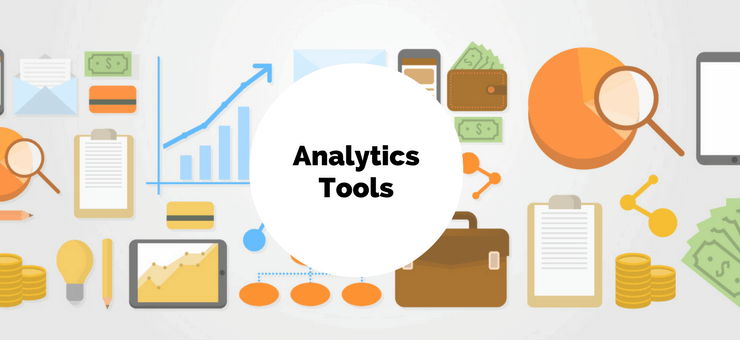
By Chibuike Goodnews
The data analytics marketplace can at times look like an obstacle course. Yes, with so many vendors claiming to have the right tool for the right problem — which is nearly every problem — it can get noisy and confusing.
So how can you choose the right option without worrying that you’ve just spent a ton of time and money on a solution that won’t get the job done?
Register for Tekedia Mini-MBA edition 18 (Sep 15 – Dec 6, 2025) today for early bird discounts. Do annual for access to Blucera.com.
Tekedia AI in Business Masterclass opens registrations.
Join Tekedia Capital Syndicate and co-invest in great global startups.
Register for Tekedia AI Lab: From Technical Design to Deployment.
Below are some strategies for when you move to the next phase: exploring options for deploying and supporting a big data analytics solution. These strategies will help determine what you need, how much you need and when you will need it.
1. Research, Research, Research
Vendor evaluation can be both a fun and tedious process. While vendors may “wow” you with their latest and greatest solutions, you still need to do more research.
The research that is less glamorous will be the key to success. That starts with working with key stakeholders inside your organization to understand the needs of your business.
Researching the business sounds a lot easier than you might think. People are happy to share their expertise, what their everyday problems are and what they think you can do for them. As you make your way through the business, remember to take a sampling of stakeholders, including managers, knowledge workers and partners.
2. Identify High and Low Priorities
Moderating a use case assessment or workshop yields amazing results and helps uncover what your business needs. Take the time to sit down with stakeholders and a “neutral” party to brainstorm business needs, assign values to each and then prioritize.
The business use case assessment helps to show what needs are being met, what needs are being missed and the relative importance and value of these needs for each group of stakeholders.
3. Match Solutions with Needs
Once you have business needs and use cases in your pocket, take the time to look at the different use cases that where uncovered and their relative priority. Next, match these use cases to solutions. Criteria for this matching game are unique to each organization, but the process could be outlined as the following:
- Familiarize yourself with all uncovered use cases
- Infrastructure Evaluation:
- What do you have installed today?
- What can you re-use?
- What can you use better?
- What do you need to buy?
- Which solutions — either built or packaged — meet the needs of the high-priority use cases?
- Will the solution(s) that you want to purchase meet the needs of the high-priority use cases?
- Who are the people knowledge/experts in your business that have interest in building new solutions for your business?
- What can you easily do today?
- What are these business users’ career aspirations?
- Infrastructure Evaluation:
Once you’ve performed an analytical inventory of people, products and solutions, you’re ready to articulate a strategy and long-term vision for the big data analytics journey you will be championing in the business.
4. Socialize, Improve and Organize with Your Stakeholders
Socialize your ideas before you get too far down the road. You want feedback up front so you can either handle objections or consider alternative solutions.
Improve your solution with iterative feedback. Constantly reevaluate and ask if you are optimizing and evolving the solution as needed. Remember the data environment is constantly evolving, and so should you and your vision for the big data journey.
Organize the solution, the stakeholders and the solution providers. Transparency will drive agility, rapid implementation and high adoption.
This last step seems superfluous, but with the new world economy driven by rapidly changing data, staying organized and on top of everything guarantees control and greater success.
Finding the Right Big Data Analytics Path
Taking these steps will clarify the right build or buy solution for your business. As you gain a stronger understanding of the maturity of your business’ data evolution and its needs for an analytics solution, the clouds will part, revealing the solution that makes the most sense.
While starting the journey may seeming daunting at first, take these few steps towards understanding and assessing what you may need between building and buying. You will gain confidence that you are on the right big data analytics path.
Who knows where this journey will take you in the end? The fun is in the journey, and the rewards are in the virtuous balance of becoming a much more strategic and data-driven organization.



